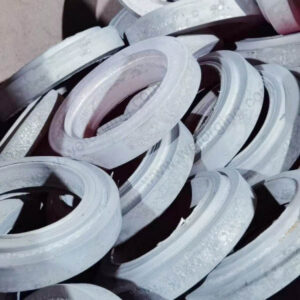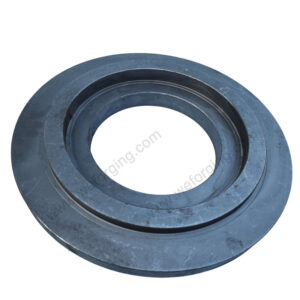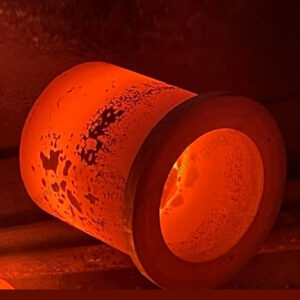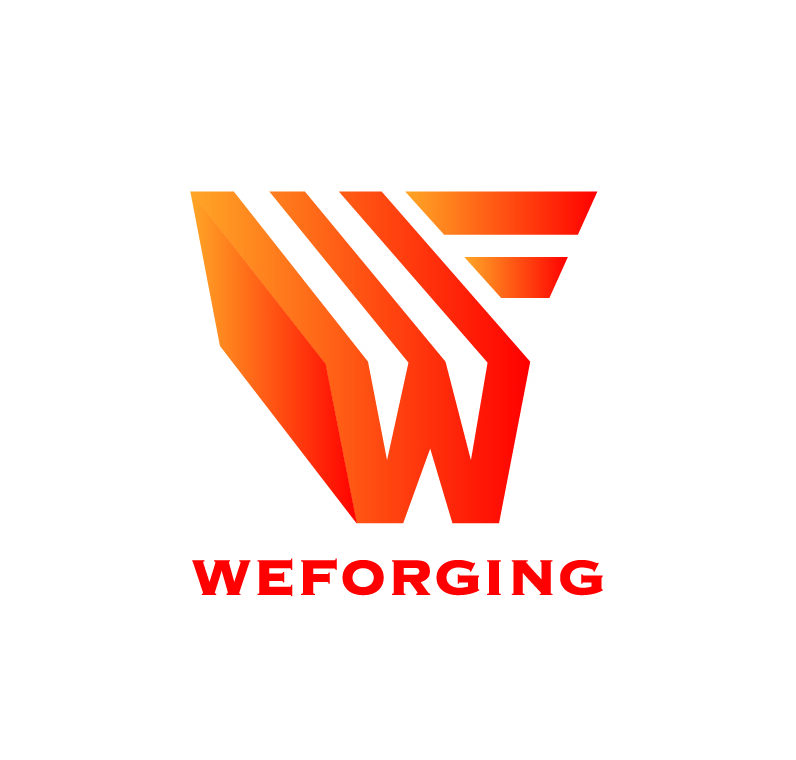-
Rolled Ring Forging
42CrMo4 rolled ring forgings for wind turbine main bearings
-
Rolled Ring Forging
Precision Ring Forging | CNC Machined Gear Rings & Hot Forged Rings
-
Rolled Ring Forging
Custom 8620H Steel Inner Ring | Precision Forged | ISO 683-17
Rolled Ring Forging — Precision & Strength
Rolled ring forging is one of the most efficient processes for producing seamless rings with superior strength and dimensional accuracy. At Weforging, we integrate forging, CNC machining, and testing to manufacture rolled alloy forgings that meet the highest standards of reliability. Our forged rings are widely used in wind power, heavy machinery, aerospace, and oil & gas industries—where durability, precision, and performance are critical.
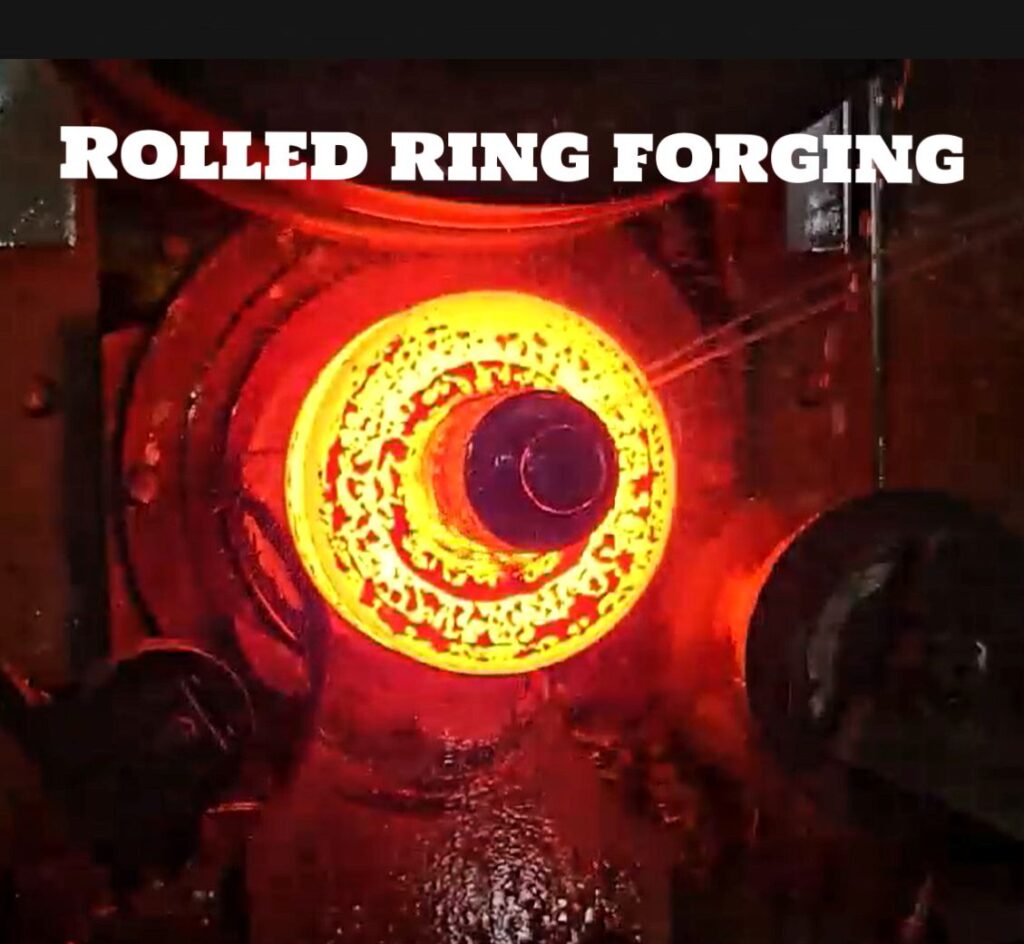
Rolled ring forging is a precise metal-forming process that creates seamless rings from heated circular billets. The billet is pierced and expanded under controlled pressure and rotation for uniform shaping. Compared with cast or welded rings, forged rings feature refined grain flow and superior tensile strength. This process ensures balanced mechanical properties and excellent stability under dynamic loads. Rolled ring forgings are widely used in bearings, flanges, and gear rings requiring high precision and long service life.
Rolled Ring Forging Process
The rolled ring forging process at Weforging follows a precise, step-by-step workflow to ensure consistency, accuracy, and high quality across every product.
Billet Preparation & Heating — High-grade alloy or carbon steel billets are evenly heated to the optimal forging temperature, ensuring proper metal flow and forming stability.
Piercing — The heated billet is pierced to create a central opening, forming a clean and uniform ring blank.
Ring Rolling — The blank is placed on a ring rolling mill where axial and radial rolls gradually expand the diameter while refining wall thickness and grain structure.
Heat Treatment — Each forging is normalized and tempered to achieve the required hardness, strength, and fine microstructure.
CNC Machining — Precision machining is applied to surfaces, bores, and gear profiles using advanced CNC centers to maintain tight tolerances and smooth finishes.
Inspection & Quality Control — Every stage, from billet heating to final machining, is verified through ultrasonic, dimensional, and mechanical inspections to ensure accuracy, strength, and traceability.
Materials & Capabilities
Weforging utilizes a wide selection of forging-grade steels and alloys to meet complex engineering and OEM requirements.Our material expertise ensures that every rolled ring forging delivers high strength, dimensional precision, and long-term reliability.
Alloy Steels (42CrMo, 35CrMo, 4140, 4340, 8620H) — Known for superior strength, impact resistance, and fatigue durability in gears and shafts.
Carbon Steels (40Cr, 20CrMnTiH) — Offer excellent machinability and toughness, ideal for structural and transmission components.
Stainless Steels (304L, 316) — Provide corrosion resistance and smooth surface finish for marine, medical, and energy equipment.
Aluminum Alloys — Deliver light weight and strength, well suited for aerospace and new-energy systems.
Copper Alloys — Ensure high conductivity and wear resistance for precision mechanical and electrical parts.
By mastering these diverse materials, Weforging consistently produces rolled ring forgings that combine strength, precision, and performance across global industries.
Product Performance & Customization
Weforging’s rolled ring forgings deliver exceptional strength, precision, and fatigue resistance for demanding applications.By integrating forging, heat treatment, and CNC machining in one system, we maintain full control of metallurgical structure and geometry.Every forged ring undergoes ultrasonic and magnetic inspection to ensure internal integrity.
Featured Rolled Ring Forging Products:
42CrMo4 Rolled Ring Forgings — Designed for wind turbine main bearings, offering superior load capacity and fatigue strength.
Precision Ring Forging — CNC-machined gear rings and hot forged rings ensuring dimensional accuracy for power transmission systems.
Custom 8620H Steel Inner Rings — Precision forged and heat-treated according to ISO 683-17, ideal for high-stress industrial applications.
Each Weforging product is backed by traceable inspection reports, material certifications, and compliance with global quality standards.
Contact Weforging
Looking for precision rolled ring forgings or custom alloy rings for your next project?
📩 Click the inquiry button below to request a quotation or upload your technical drawings.
Our engineering team provides expert consultation, detailed quotations, and full support to help you achieve the ideal forging solution.

